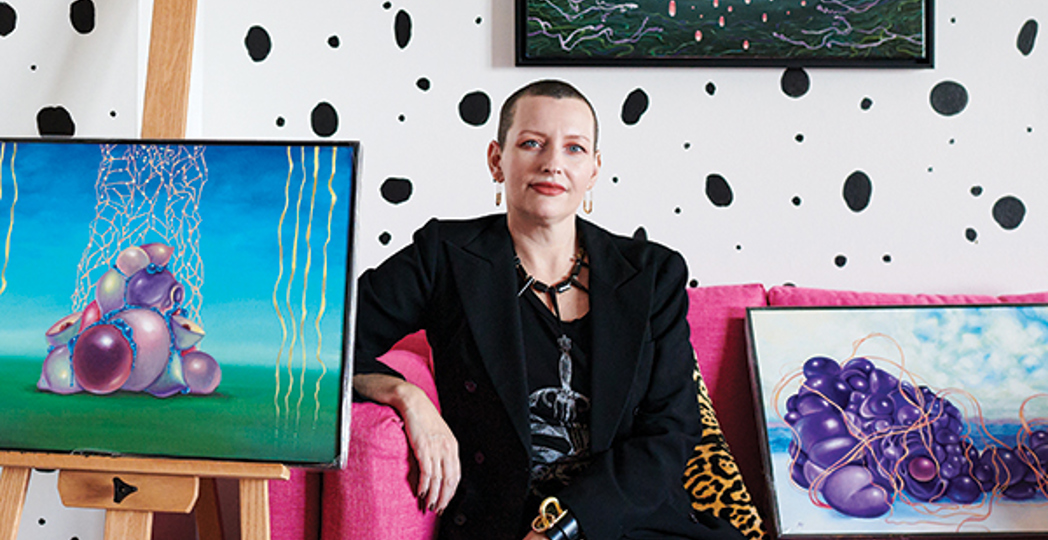Arabella Proffer Reflects on Life, Death and Work
by Ken Schneck | Dec. 16, 2021 | 1:00 PM

Angelo Merendino
Trending
-
1
-
2
-
3
-
4
-
5










